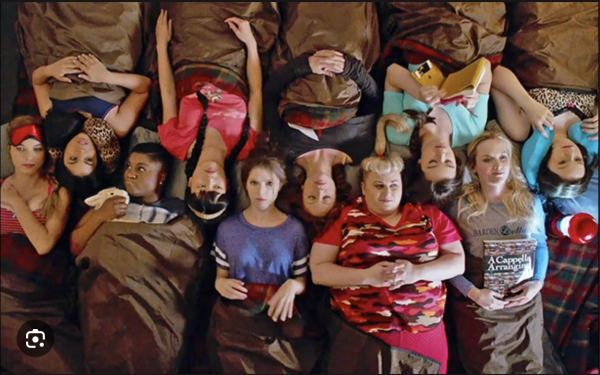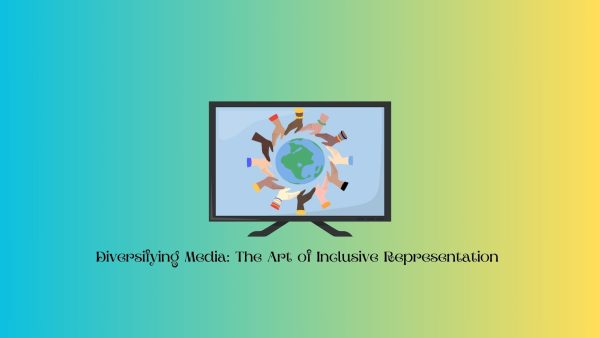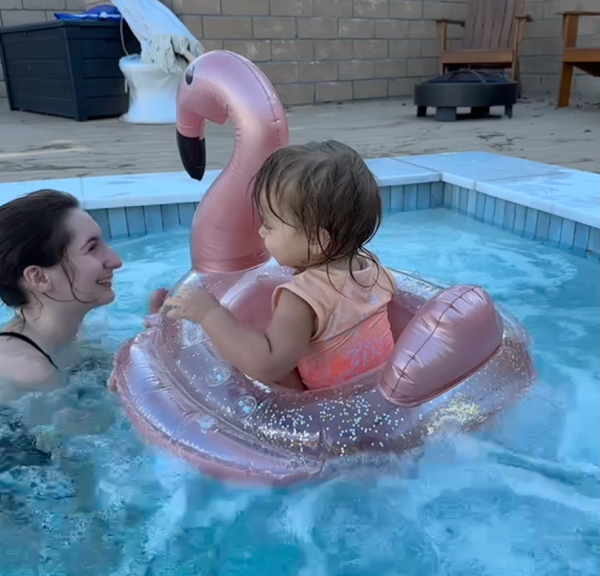Potential Risks of a Rushed Vaccine

While a vaccine could bring an end to this pandemic, many need to be cautious of how a recordly developed vaccine could potentially affect people.
June 4, 2020
With the coronavirus around, many have been talking about the development of a vaccine. Some think that it may be our only hope for things to go back to “normal”, as the death count in the US has just reached 100,000. Vaccines typically take around 10-15 years to develop, making the plan for this to be developed by late fall to winter a record time. Many are ambitious for our vaccine to come right away, but with its quick development can potentially come harsh consequences.
One of them is it may not create a strong enough immune response or be durable enough. This means that even with the vaccine, the virus can still make you very sick, or the vaccine will wear off very quickly. Another problem that we have seen is that it could be more pathogenic with the vaccine, meaning that it could cause more infections. This has happened in the past.
There is also the possibility that the virus could give people unwanted side effects. Considering the growing anti-vax movement in our country, complications with the vaccine will make it more likely that others will be afraid to get it. An example is with the polio virus. The method of this virus was to inject people with its dead form so people’s immune systems could recognize it, and therefore fight it off. However, 200,000 vaccines accidentally contained a live virus. 40,000 had mild cases, 200 were paralyzed, even others in close contact with them were infected, and ten died (AAMC). Another time is with the swine flu. Based on an interview on MSNBC, in 1976, President Gerald Ford was the first to get the swine flu vaccine. A few years later, the vaccine was showing serious neurological complications in people.
When asking others about whether they would wait to get the vaccine or get it right away, many said they would get it right away. However, Maddie Liao (9) agrees with the idea of waiting, saying that “I would wait a little because the vaccine may have unknown side effects that could do more harm than not having a vaccine.”
If the virus still takes a while to be made, some scientists are suggesting people to try contact tracing, which was used for tuberculosis and ebola. In North Korea, they used this at night to effectively trace who was getting the virus.
In order to plan for the plausible wait for a vaccine, and since kids need to get back to school, the CDC has started making guidelines on how our school year could look next year. One of them is having desks at least six feet apart. This concurs with the six feet rules already put in place. Upon entering campus, daily temperature checks will happen, and staff members must wear masks, while students are strongly recommended to do as well. Regular disinfecting of the schools will happen too, with assistance of the students wiping desks. The last guideline, and one many students aren’t very happy with, are staggered start times. A group of students will go to school two days at a time, and there will be a maximum of 10-15 people per class. Lunch will also be held in classrooms.
As months continue to pass, the quicker we will begin to see a vaccine. Though there are some concerns involving how safe it will be to get, it is still a risk many may need to take to protect their friends and family. But until we get the vaccine, our answers about its effectiveness are still yet to come.






















